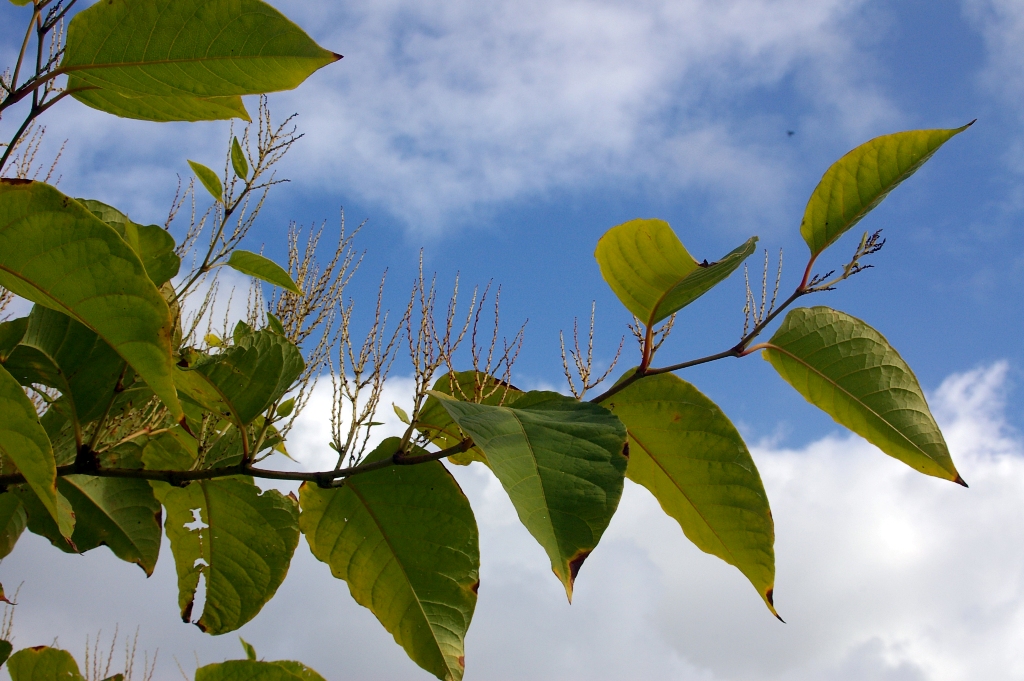Japanese Knotweed is a longstanding phenomenon, widely known as an invasive species of plant that grows quickly and can cause damage to properties. Its roots, known as rhizomes, often penetrate masonry, foundations, drainage and hardstanding, resulting in expensive removal as well as remedial repairs.
The plant is a big concern for our clients when purchasing, managing and disposing of property. Methods of control include periodic chemical treatment with approved herbicides or excavating to a depth of 2m to capture all roots and then disposal as a controlled waste by licenced contractors.
Furthermore, professionals are facing an increasing number of claims from property owners alleging that they negligently failed to identify its presence during pre-purchase investigations, such as building survey reports, structural surveys and valuation reports.
Legislative background
Under the Wildlife and Countryside Act 1981 it is an offence to plant Japanese Knotweed or cause it to grow in the wild. Further to this, soil and waste containing Japanese Knotweed is deemed a controlled waste that can cause ecological harm. The Environment Protection Act 1990 governs such controlled waste and determines that it is an offence to deposit, keep or dispose without a licence.
An increasingly used avenue for enforcement by authorities has been the Anti-Social Behaviour, Crime and Policing Act 2014 which covers invasive plants that can cause a nuisance in a locality. This allows authorities to enforce controls and potentially prosecute.
Recent Cases
An example of enforcement under the Anti-Social Behaviour, Crime and Policing Act 2014 is a case from December 2018 brought by Bristol City Council against a landowner which resulting in remedial costs as well as a fine of approximately £18,000.
The responsibility of professionals in pre-purchase investigations regarding a number of recent cases shed light on pitfalls as well as circumstances when the reasonably competent professional should identify the presence of Japanese Knotweed.
A case in October 2018 in Birmingham County Court concerns a residential property purchase by the Claimant in which they relied on their lender’s mortgage valuation and subsequently found Japanese Knotweed in the external areas as well as on the adjoining land. The Claimant brought the case against the adjoining landowner as well as the surveyor who prepared the mortgage valuation.
Interestingly, the mortgage valuation surveyor was not found liable, given the cursory nature of a mortgage valuation. However, comment was made that more comprehensive types of report such as building surveys or structural surveys would probably have been liable for identifying Knotweed on the subject property as well as adjoining land.
A further case reported in the London Evening Standard in March 2019 found a surveyor professionally negligent for failing to identify Japanese Knotweed as part of a homebuyers survey. It seems that the costs ordered for the case related to the diminution in value of the property and other consequential damages.
Practical tips on identification
A rough guide on the main characteristics are:
- Green and purple bamboo-like stems in dense thickets, growing to 2m in height.
- Green leaves in heart and teardrop shapes which grow alternately along the stem.
- Completely hollow stems that can be snapped easily.
- Tiny creamy white flowers August to October.

The main risk areas where this invasive species is prevalent are on unmaintained land close to and at verges of canals, railways and industrial zones.
Recently, mapping tools and heatmaps have been introduced which purport to list confirmed and unconfirmed cases of Japanese Knotweed in a given area of the UK. See the NBN Atlas website here.
On the face of it, this mapping has limitations and has the potential to overly worry purchasers and owners of properties. This tool and others like it should be used with caution and specialist advice sought to inspect and advise on the subject property.
Further information
More information can be found at: RHS.org and Gov.uk. A register of specialist contractors part of the Property Care Association Invasive Weed Control Group can be found here.
For more information or if you have specific queries, please contact Simon Gorst or a member of our commercial building surveying team at commercial@ingletonwood.co.uk.





 General Enquiries
General Enquiries Twitter
Twitter LinkedIn
LinkedIn Instagram
Instagram